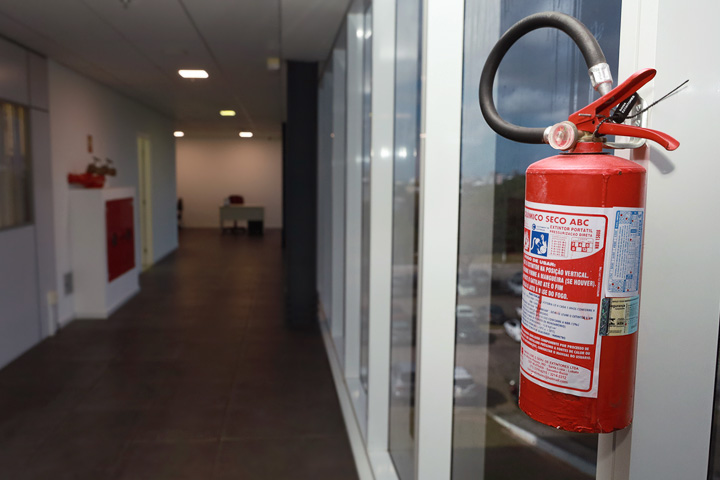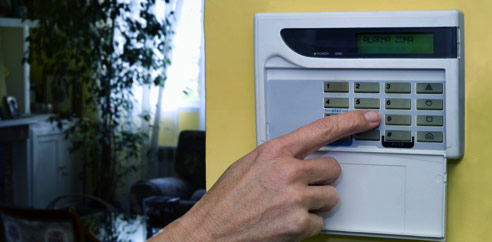How to Conduct a Workplace Fire Drill
 Conducting regular fire drills is a must to ensure your employees’ safety. A workplace fire drill helps employees prepare not only for a fire but also for any kind of emergency. Fire drills are planned practices that familiarize everyone working in the building with the sound of the fire alarm and the exact evacuation procedure.
Conducting regular fire drills is a must to ensure your employees’ safety. A workplace fire drill helps employees prepare not only for a fire but also for any kind of emergency. Fire drills are planned practices that familiarize everyone working in the building with the sound of the fire alarm and the exact evacuation procedure.
According to Industrial Fire, approximately 16,500 office and store fires occur annually, making fire drills extremely important. Here’s what you need to know about conducting workplace fire drills.
Benefits of workplace fire drills
When a fire alarm goes off, the last thing anyone wants is to be left scrambling and wondering what to do. Conducting fire drills eliminates many unknowns that may occur without them.
These include things such as:
- Knowing the locations of all emergency exits
- Ensuring evacuation procedures are effective
- Identifying weak points in the plan. For example, what if a certain exit or corridor is blocked during a fire? What is the next best route?
- Practice helps reduce panic. During a fire or emergency, people often panic. This can cause chaos, leading to injuries. By conducting regular fire drills, everyone will feel confident in executing proper procedures if a fire or other emergency situation should arise.
In addition, fire drills are a good time to test the fire alarms to make sure they are in proper working order. It’s important to know the legal requirement for your city or state that lets you know how often fire alarms are to be tested, as they can vary.
According to OSHA, workplace fire drills should happen frequently enough to ensure all employees understand the protocols. You should also check your local and state fire codes, as they may mandate a set frequency for drills, depending on your type of business and whether it works with hazardous materials.
Conducting a workplace fire drill
Once you’ve created a fire safety plan for your workplace, it’s time to establish safe practices to share with your employees and then conduct regular fire drills. Your fire safety drills should include:
- Map of evacuation route, which includes where emergency exits and fire extinguishers can be found.
- Education about where smoke detectors and fire alarms are located.
- A clear and concise communication plan.
- The fire drill procedure.
- Roll call. Every employee should participate in workplace fire drills and be accounted for as if the fire or emergency were real.
- An all-clear announcement. Once the drill has ended, an announcement should be made that it has concluded and everyone can resume their normal activities.
Communication is important during drills and real emergency events, so before the drill is over, make sure to answer any questions that your employees may have.
Extra Considerations
Workplace safety should be a top priority. Fire drills can cover a multitude of situations that help to keep everyone safe. Other things you may want to consider include:
- CPR and first aid training for yourself and employees
- Understanding of how to handle chemical spills, if applicable
- Understanding of when to call for help when an emergency occurs
By implementing regular workplace fire drills and safety procedures, you are empowering every employee with the knowledge and confidence to know what to do in the event of an emergency.
NEXT STEPS:
- Contact us today to learn more about security and surveillance for your business.
- Learn more about what home or business security means to us.
- Subscribe to our blog to stay informed about the latest security news and insight.

















